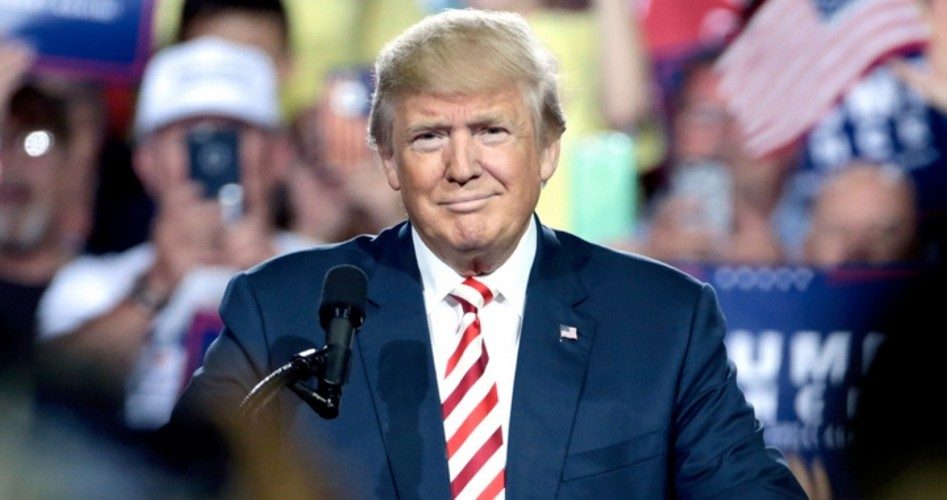
Friday’s jobs report, disappointing to some who read only the headlines, continues to reveal an economy rocking and rolling along. The headline number — 157,000 new jobs created in July compared to expectations of 190,000 by economists — was overshadowed by the upward revisions of the two previous months by nearly 60,000 new jobs. The three-month average — 224,000 new jobs created by the U.S. economy — is the highest record this late in any previous economic expansion.
And, because so many of those jobs are being filled in the construction industry, nearly 30 percent of which are Hispanic, poll numbers for the president by that segment of the economy (more than one in six U.S. citizens are Hispanic) are moving to the president’s column. A recent Harvard/Harris poll reported a 10-point spike in Hispanic support for the president, which helped the president in Rasmussen’s latest Presidential Tracking Poll. That poll released on Friday showed 48 percent of likely U.S. voters favoring the president, just one point below his all-time high recorded in April, and two full percentage points ahead of where then-president Obama was at the same time in his administration.
And it’s only likely to get better. As projects to rebuild the nation’s infrastructure begin to get funded, Hispanic construction workers will increasingly be needed for them. Add to that the irony of ironies — building the wall along the nation’s southern border will employee many Hispanics — and the president’s poll numbers are only going to improve.
It’s helpful to remember that back in 2016 Donald Trump received an astonishing 30 percent of the Hispanic vote, far above Democrat expectations.
Behind Friday’s jobs report were these nuggets: The manufacturing industry added 37,000 new jobs, while professional and business services also expanded strongly. The headline number would have been higher but for the fact that 13,000 government workers were laid off in July, another cause for rejoicing among limited-government advocates. In addition, the Labor Department said that wages are climbing more quickly than inflation, inviting more and more of those still on the sidelines to consider moving from their couches or part-time work to full-time work. The broadest measure of unemployment, known as the U-6 rate, which includes those stuck in part-time jobs when they are willing to work full time as well as those too discouraged to look for work, dropped from 7.8 percent in June to 7.5 percent in July.
Add to this the GDP report released last week that the economy grew at more than a four-percent rate in the second quarter, and it’s clear that the economy continues to fire on all cylinders.
Naysayers are predicting lower GDP numbers in the third quarter to be released just before the November midterm elections. But they are being countermanded by numbers just released by the Atlanta Federal Reserve’s “GDPNow” model. That model is predicting that instead of slowing, the economy is actually gaining momentum, with its forecast for the third quarter as of Thursday showing five-percent growth for the United States.
And even that number, subject to revisions as the quarter plays out, may be too low. Neil Dutta, head of U.S. economics for the research firm Renaissance Macro, said that while the average adjustment downward of the Fed’s model during any quarter is 0.6 percent (which would put the third quarter’s rate of growth at 4.3 percent), the largest historical upward adjustment was 1.5 percent, which would put the growth of the U.S. economy in the third quarter at 6.5 percent.
Naturally, the president is expecting nothing less. At a press conference on Friday, Trump said, “I happen to think we’re going to do extraordinarily well in our next [GDP] report.”
Photo: flickr / Gage Skidmore
An Ivy League graduate and former investment advisor, Bob is a regular contributor to The New American magazine and blogs frequently at LightFromTheRight.com, primarily on economics and politics. He can be reached at [email protected].
Related articles:
Trump Tax Reforms Allow Companies to Expand Benefits, Increase Wages
Huge Second-quarter GDP Gains; Some Say Unsustainable
Claims for Unemployment Insurance Drop Again, Near 50-year Low
U.S. Economy “Not Running Out of Workers”; Latest Jobs Report Shows More Gains



